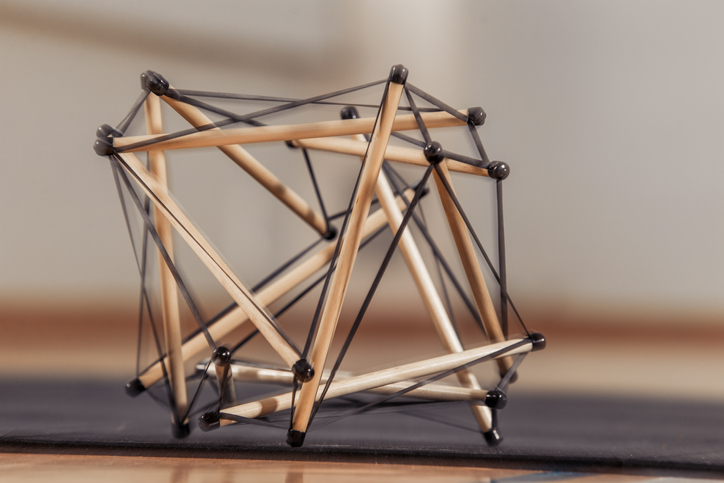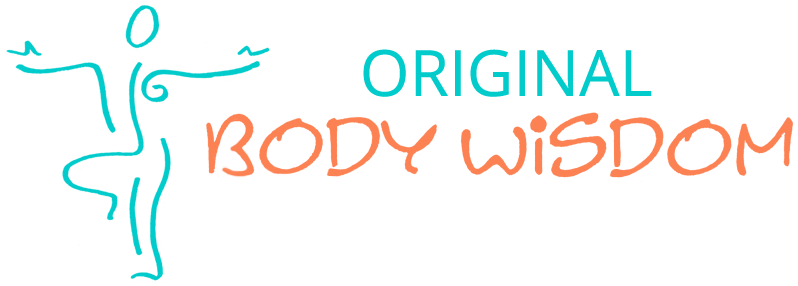Many women and some men, seek out pelvic floor therapy for an answer to incontinence, painful sex, prolapse or pelvic pain. Pelvic Floor Therapy is often thought of as Kegel exercises or contracting pelvic floor muscles. And, strength is important. But, research is showing that relaxing the pelvic floor is crucial too.

However, relaxation does not mean droopiness or weakness. It means your pelvic floor can relax and expand rather than be locked into a gripping that can come from too much focus on strength.
What is Pelvic Floor Relaxation?
The pelvic floor has to be both strong and flexible. If you only do exercises that build strength you can get too tight! Tightness can cause pain and it can also contribute to incontinence and even prolapse. A tight pelvic floor can cause problems in your hips, lower backs, need or sacrum. Too loose and you have no support.
You can think of the pelvic floor as a trampoline that offers both strength and flexibility. Pelvic floor therapy optimally reflects this understanding.
How can I know if I need flexibility instead of strength?
It’s important to realize healthy movements or activities naturally create flexibility. For instance, activities that emphasize the muscles of your inner thighs are a “counter” to the strength of the pelvic floor. The adductors help the PF widen and expand; creating flexibility and elasticity.
Using your legs, your lower back, the muscles of your waist and abdominals will awaken important connections to your pelvic floor.
Of course, how you move is crucially important. The relationship of all your parts to the whole help establish the resilience a healthy pelvic floor needs.
The “tensegrity” of your whole body supports pelvic floor health.
Tensegrity simply means you have balance of structure and elasticity in your body so you have an easeful integrity. In the pelvic floor. This means you have “under carriage” support but you also have the flexibility to walk, go to the bathroom and give birth! Tensegrity is. positive type of tension that prevents the negative type of tension from forming. negative tension causes pain. This photo represents how it works:

Can working with my pelvic floor help me relax mentally and emotionally?
There is a “nervous system” advantage to building tensegrity. The act of gripping gives us tension and contributes to anxiety, overload and exhaustion. When we are able to feel strong without gripping we also feel emotional relaxation.
Think about it: If you walked around gripping your hand all day wouldn’t that hurt your neck? Wouldn’t it interfere with what you could do? Would it make you hold your breath?Conversely, constant gripping by trying to “hold up” or tighten your pelvic floor can make you more prone to pain and the stress that comes with it.
If you are doing kegels, you can even do them without gripping. Watch the video below.
Do you need more help with your pelvic floor? I have suffered my own share of pelvic floor problems. That is why I have come to a deeper understanding of what pelvic floor therapy really is and how effective it can be. Learn more or join a workshop! Or check out my pelvic floor YouTube playlist. I also have more videos on my website pelvic floor resource page.
